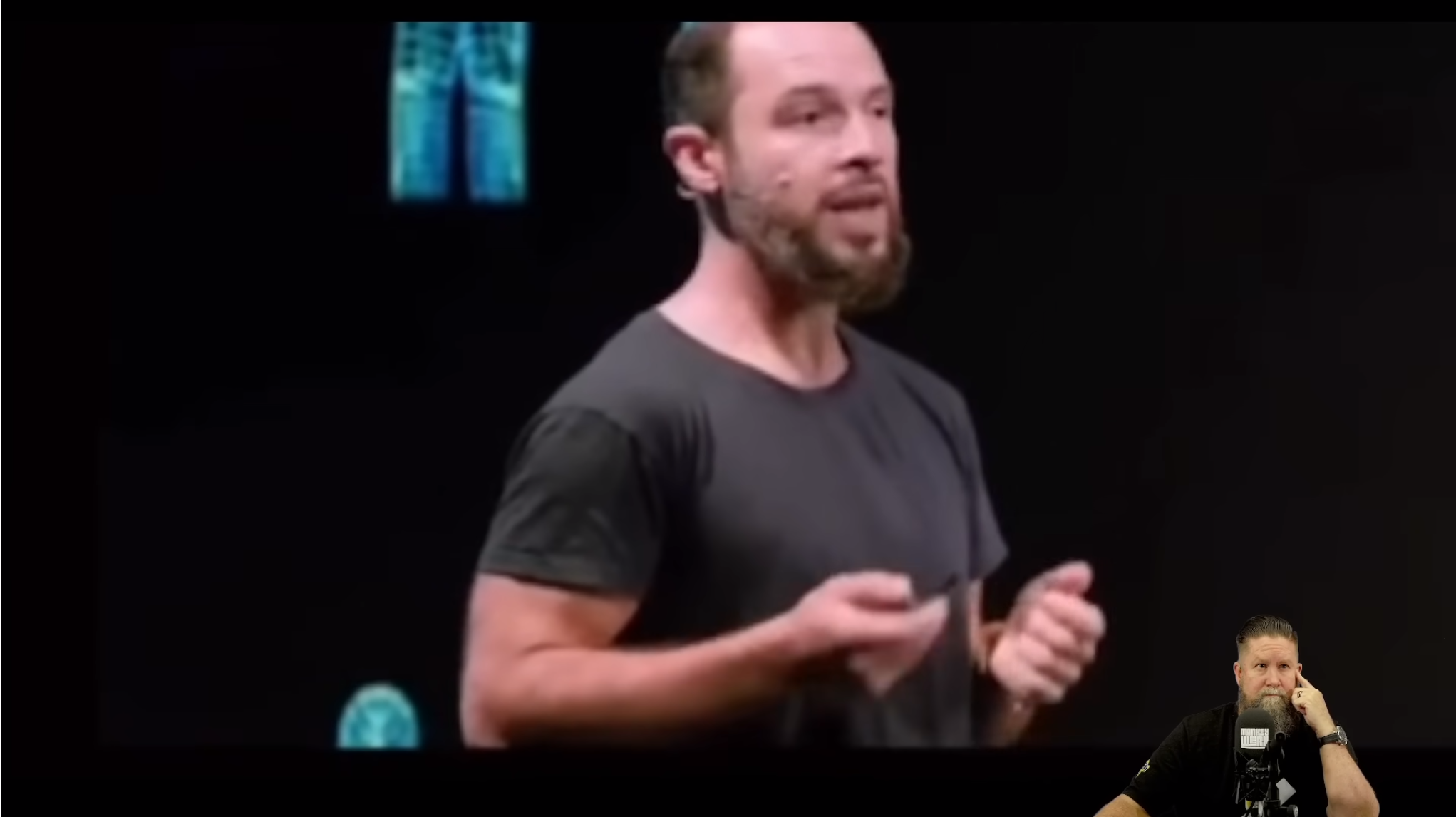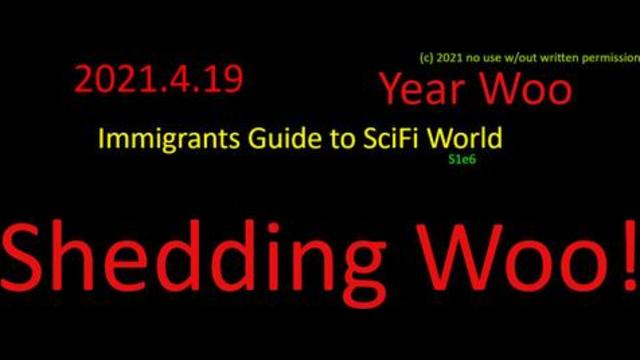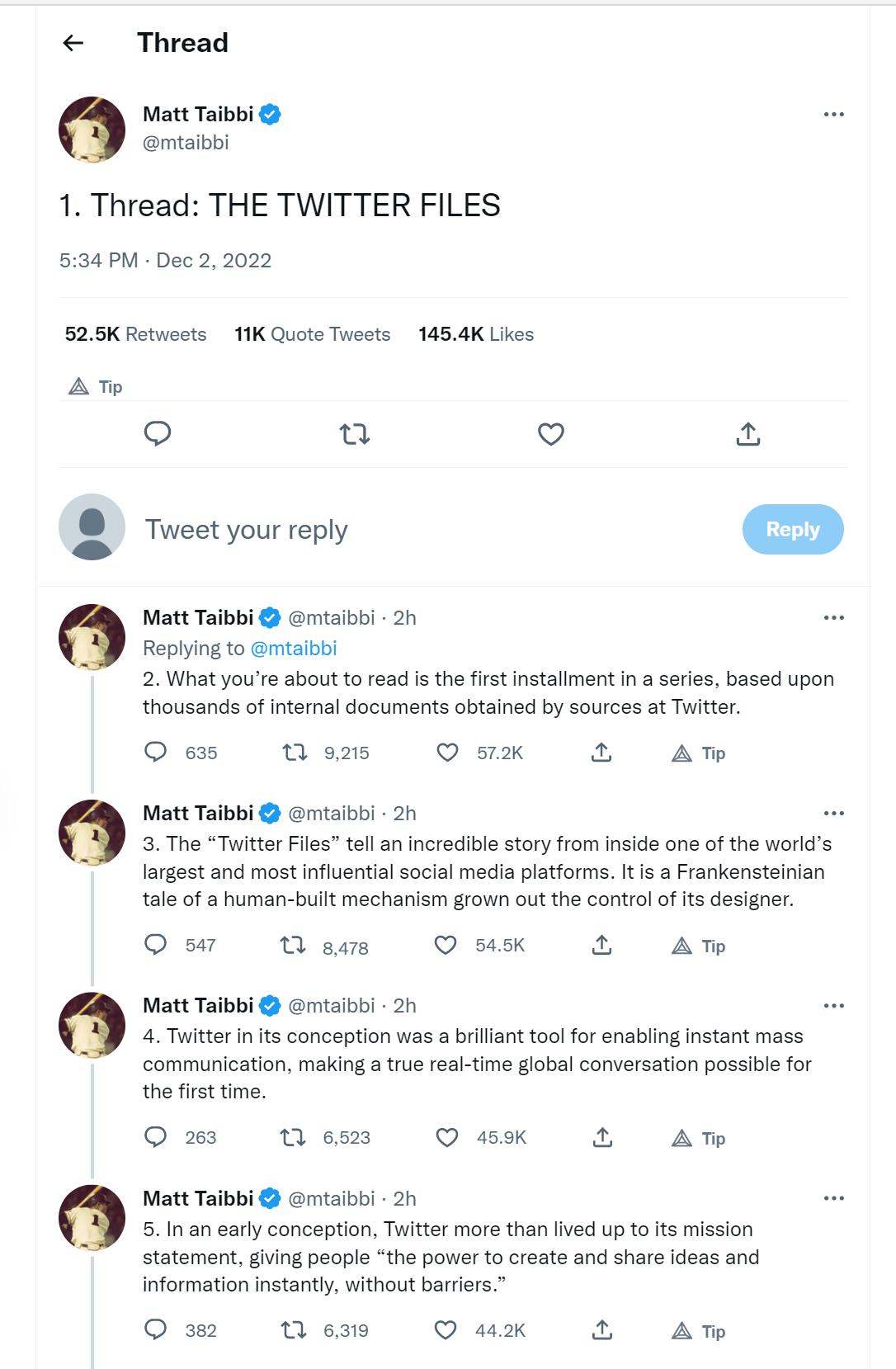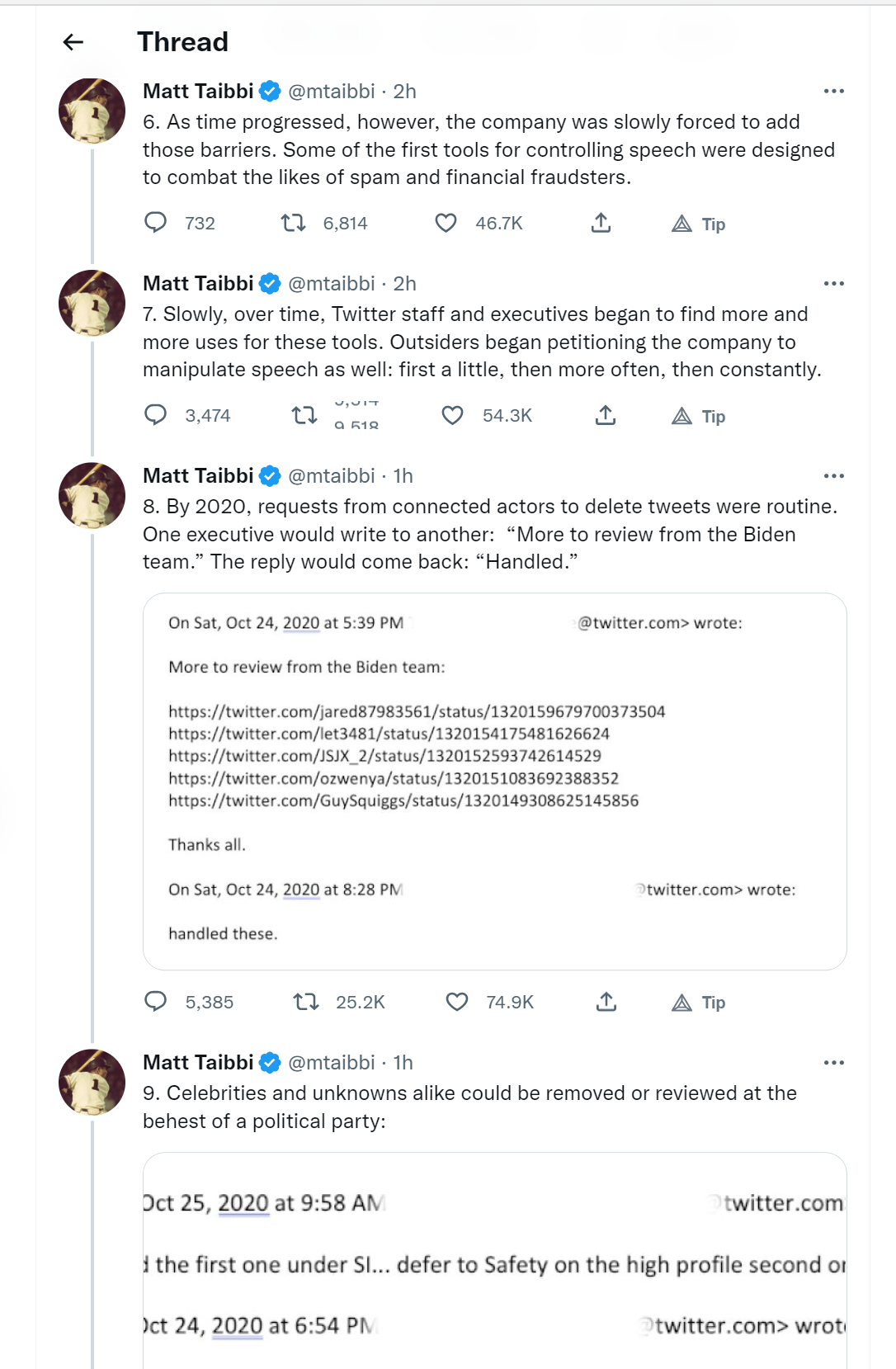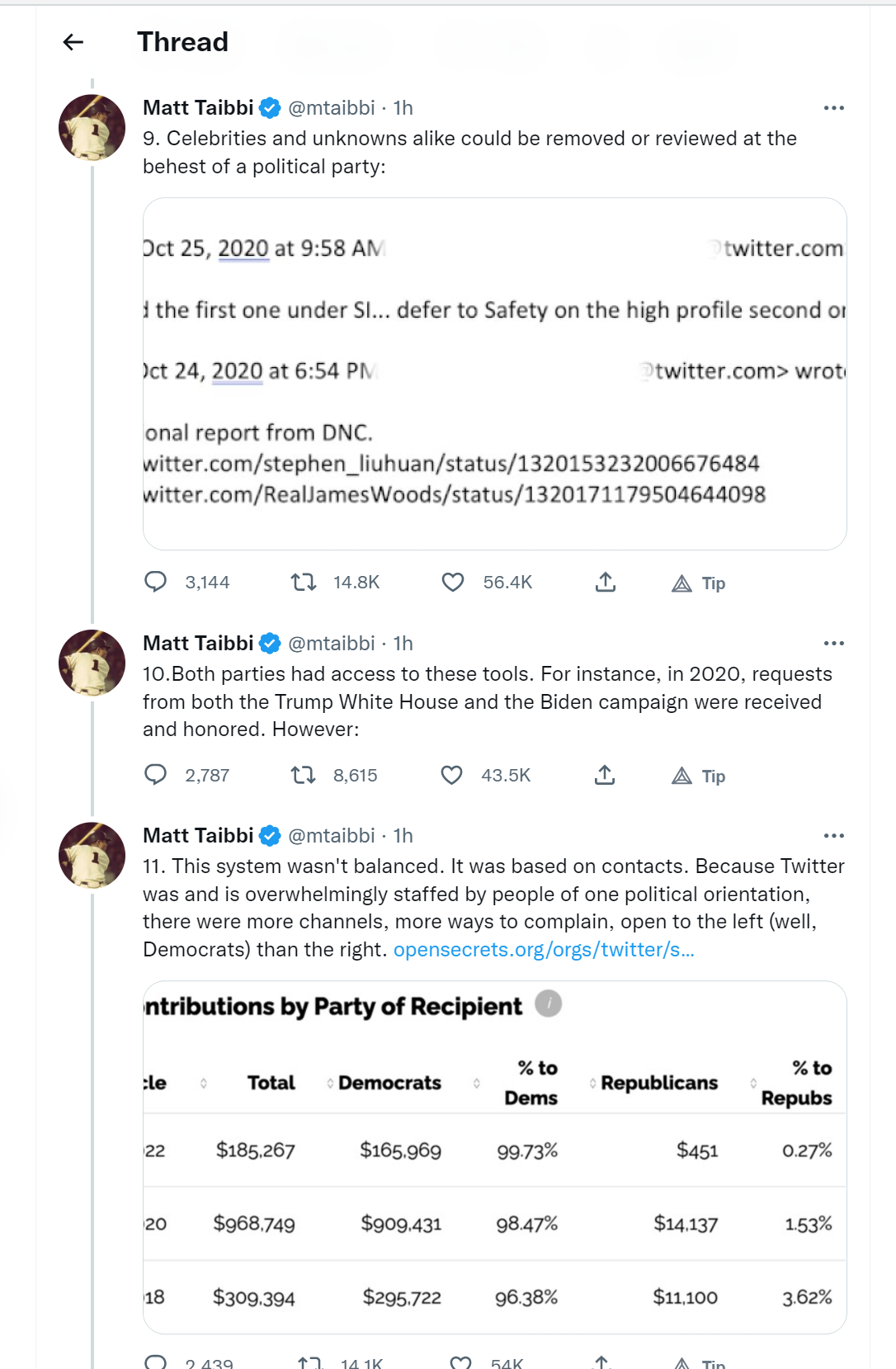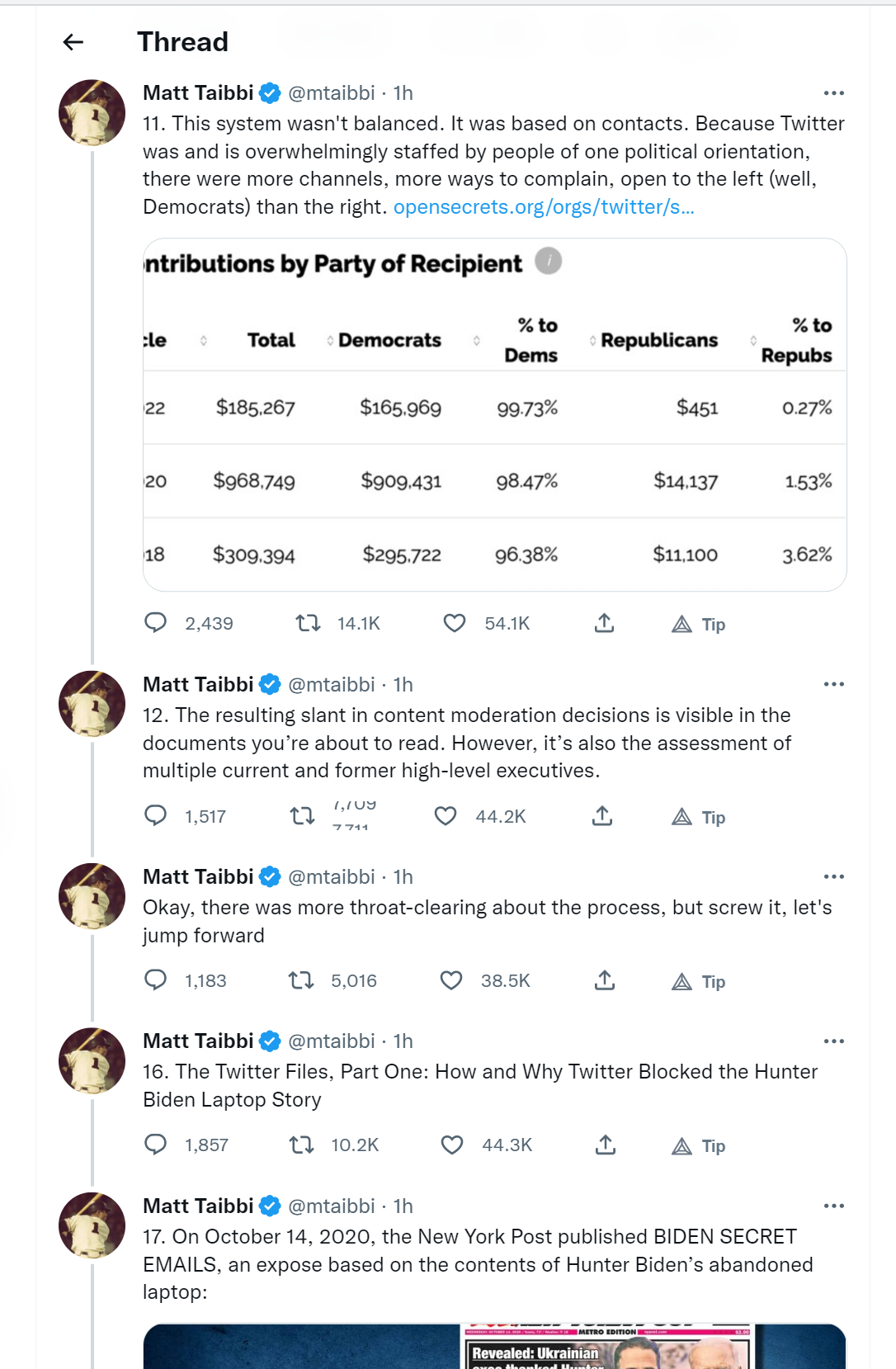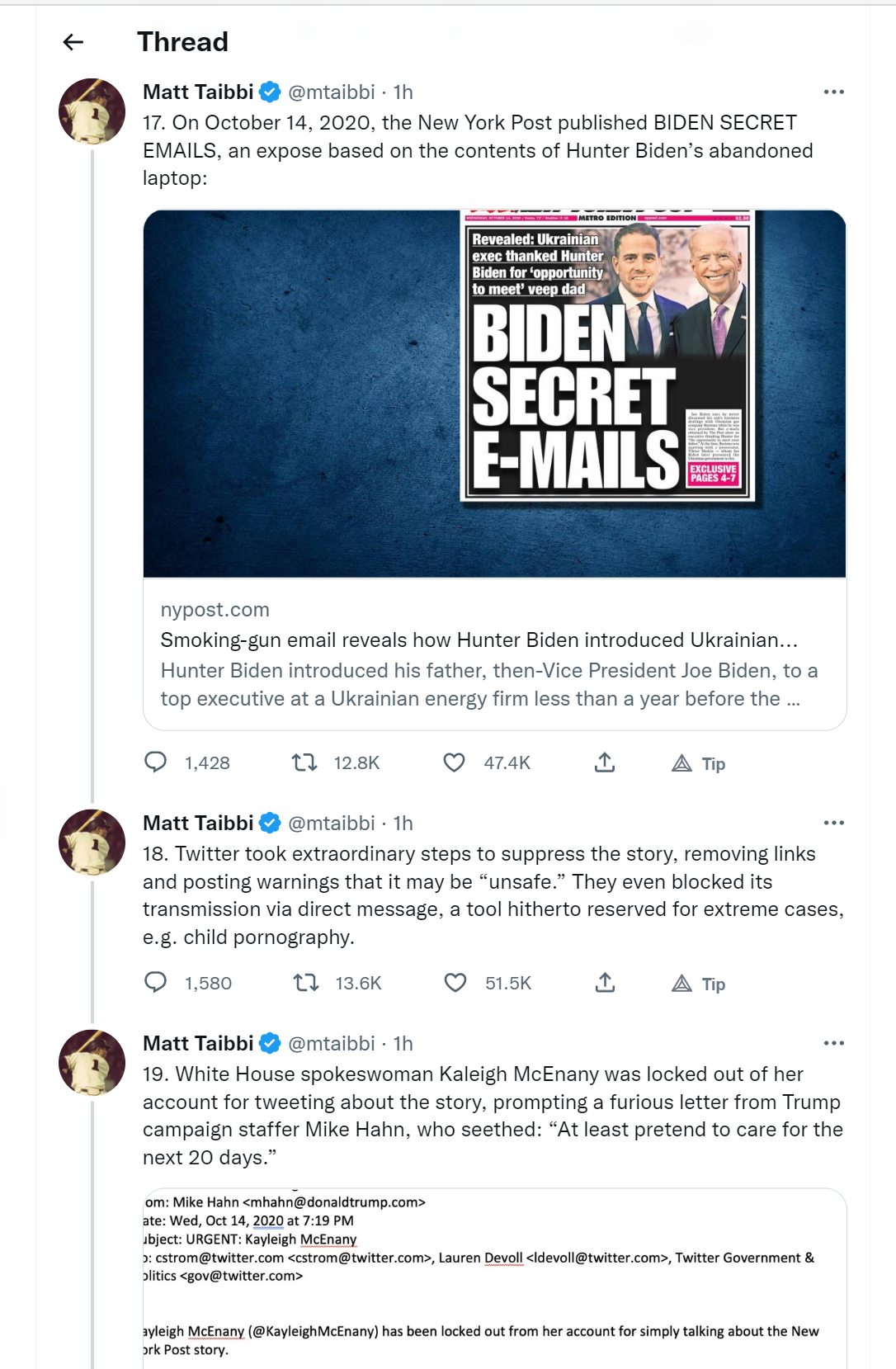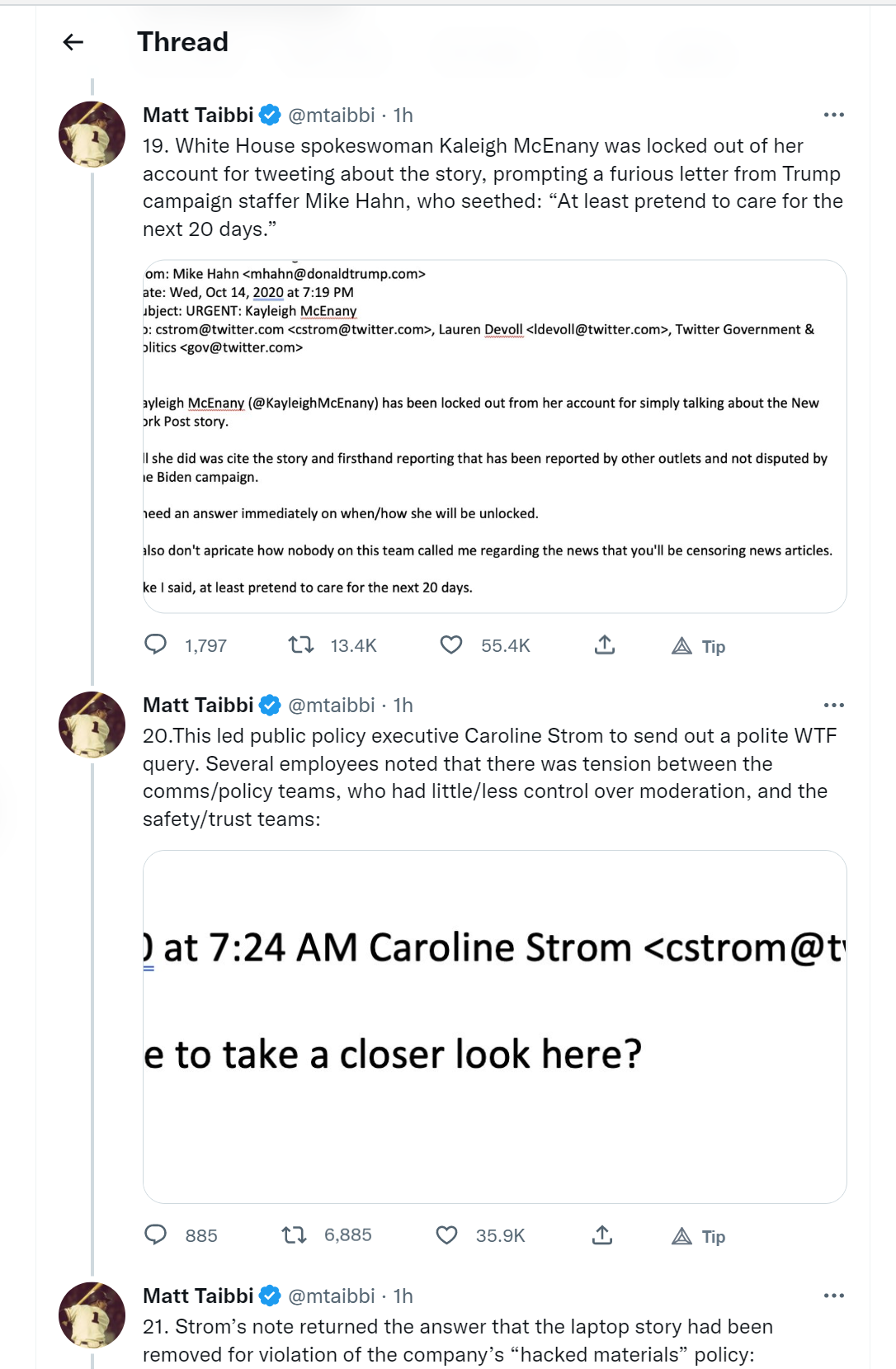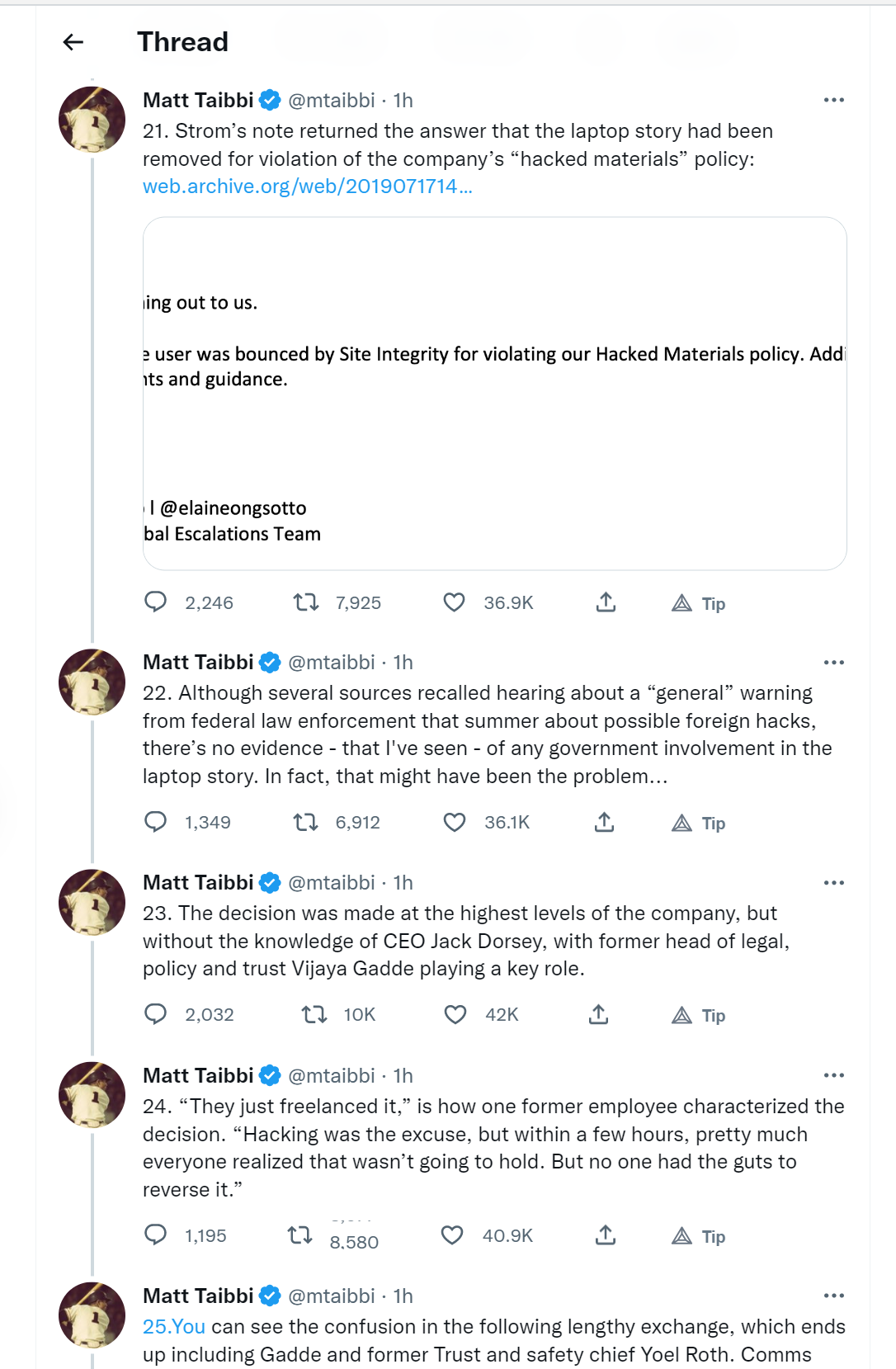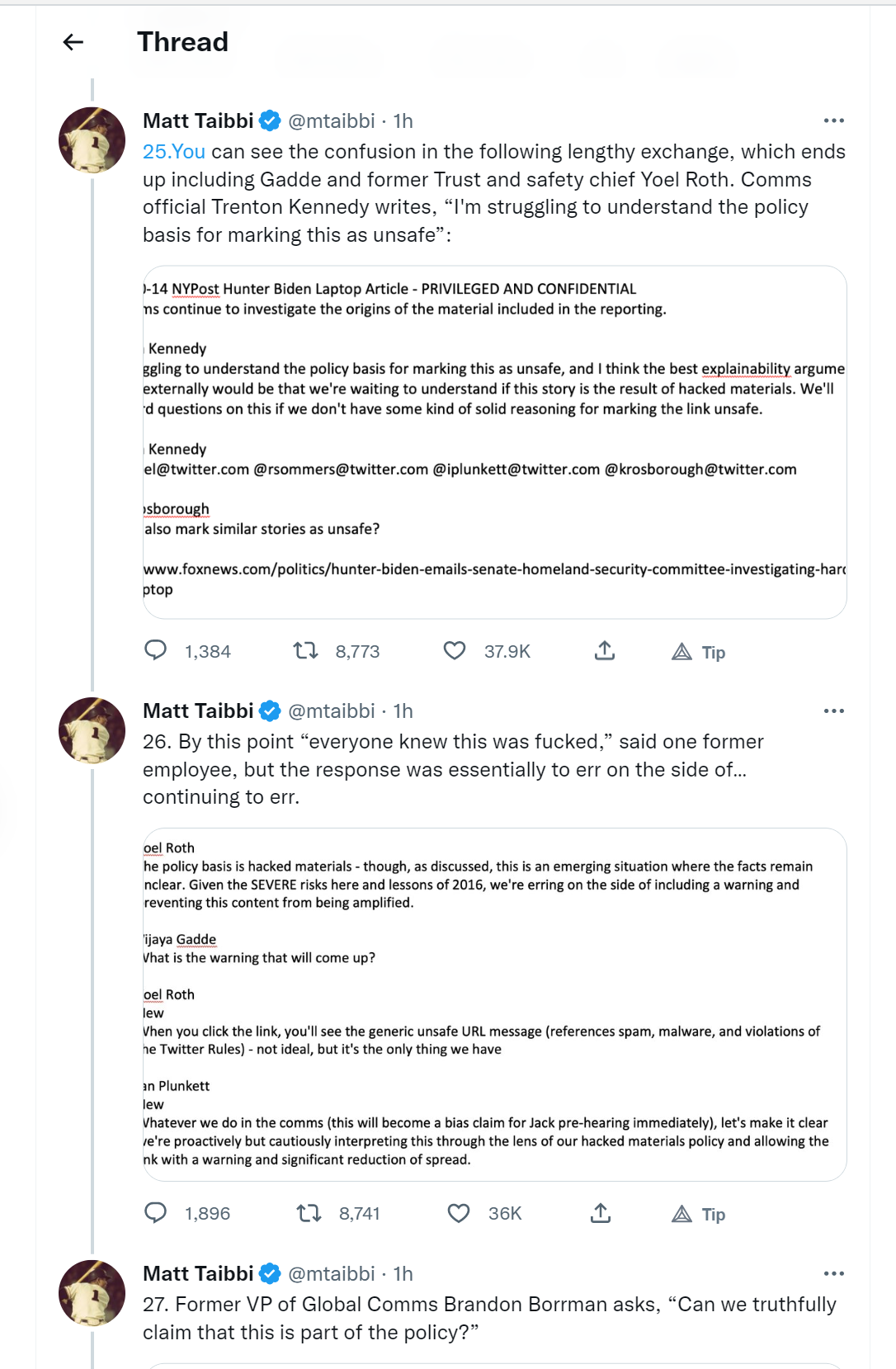The Corbett Report - Your Guide To 5th-Generation Warfare - 09-18-2023

Episode Summary:
We are amidst a global war, not the one in Ukraine, but a broader war involving everyone. This war is between governments and their populations, and international institutions against humanity. It's termed fifth generation warfare. This warfare is not easily identifiable by its victims. James Corbett introduces the concept, explaining that it's not just about physical battles but also battles of perception and information. The modern age of warfare began with the Treaty of Westphalia in 1648. The fourth generation of warfare blurred the lines between civilians and military. The fifth generation is debated, but it's essentially a war on the minds of common citizens. Governments and corporations are leveraging technology to control individuals at every level. Information warfare is a key component, with governments engaging in psychological operations against their own citizens. The war also extends to neurological warfare, targeting our brains, and biological warfare, manipulating our environment, food supply, and genome.
Key Takeaways:
- Fifth generation warfare is a global conflict involving everyone.
- It's not just about physical battles but battles of perception and information.
- Governments and corporations are using technology to control individuals.
- Information warfare involves governments engaging in psychological operations against their own citizens.
- Neurological warfare targets our brains.
- Biological warfare manipulates our environment, food supply, and genome.
Predictions
- The rise of central bank digital currencies as a solution to economic warfare.
- An increase in the use of neurological weapons and technologies.
- A shift towards synthetic lab-based food and further GMO integration.
The Corbett Report - Your Guide To 5th-Generation Warfare - 09-18-2023
We are in the middle of a world changing war right now. Oh, I don't mean the war in Ukraine, the one that all the media are asking you to focus your attention on. Yes, that conflict continues to escalate, and every day there are new stories about provocations and threats that could lead to a nuclear exchange. But that's not the war I'm referring to. Now, the war I'm talking about is an even broader war, a war that is taking place everywhere the globe, even as I speak, and that involves virtually everyone on the planet, young and old, male and female, military and civilian.
It is the war of every government against its own population and every international institution against free humanity. This is no ordinary war. However, most of the victims of this warfare aren't even able to identify it as war, nor do they understand that they are combatants in it. It's called fifth generation warfare, and I'm here to tell you all about it. I am James Corbett of the Corbett Report, and this is your guide to fifth generation warfare.
What is fifth generation warfare?
So what is fifth generation warfare anyway? And come to think of it, what were the first four generations of warfare? Good questions. For an indepth answer to the latter question, you'll want to read The Changing Face of War into the Fourth Generation, a 1989 article from the Marine Corps Gazette coauthored by William S. Lind.
And you'll want to watch Lind's presentation on fourth generation warfare and the end of the Westphalian Order. This city and every capital in the world is completely oblivious to the fact that it is caught up in a change in warfare so great that it not only makes our current defense and foreign policies obsolete, it essentially makes obsolete the whole framework within which we think about defense and foreign policy. The change is what I call the rise of fourth generation war. And this is specifically the fourth generation of modern war. We now think of foreign affairs and defense totally within the framework of the state.
State armed forces are designed to fight other state armed forces, but that reality is changing. What's happening around the world today in more and more places is that state armed forces find themselves fighting not other state armed forces, but fourth generation forces, nonstate forces. In a nutshell, Lynn's thesis is that the modern age of warfare began with the Treaty of Westphalia in 1648, which he opines gave the state a monopoly on war. From that point on, modern warfare went through three generations, namely first generation warfare the tactics of line and column developed in the era of the smooth boar musket second generation warfare, the tactics of indirect fire and mass movement, developed in the era of the rifled musket, breach loaders, barbed wire, and the machine gun. And third generation warfare, the tactics of nonlinear movement, including maneuver and infiltration, developed in response to the increase in battlefield firepower in World War I.
This, according to Lind and his coauthors, brought us to the late 20th century, when the nation state began to lose its monopoly on war and military combat returned to a decentralized form. In this era, the era of fourth generation warfare, the line between civilian and military become blurred. Armies tend to engage in counterinsurgency operations rather than military battles, and enemies are often motivated by ideology and religion, making psychological operations more important than ever. But some argue we've now entered a new era of warfare, namely fifth generation warfare. There's still much debate about what defines fifth generation warfare, how we know we're engaged in it, or even if it exists at all.
Lind, for one, rejects the concept various scholars have made their own attempts at defining fifth generation warfare. Or Dr. Wasim Ahmad Qureshi, who identifies it as the Battle of Perceptions and Information. Or Chaoyang and Wang Shangsui of the People's Liberation Army, who write of the era of unrestricted warfare in which a relative reduction in military violence has led to an increase in political, economic, and technological violence. If academic debates about the changing nature of warfare are your thing, then there's plenty of reading for you to do on the subject, from the Handbook of Five GW a Fifth Generation of War to a slew of academic articles.
But for the purposes of this presentation, I'm not interested in that debate. In fact, we're going to use a decidedly nonacademic definition of fifth generation warfare from an Al Jazeera article as our starting point. The basic idea behind this term Five GW is that in the modern era, wars are not fought by armies or guerrillas, but in the minds of common citizens. There are two important things to note about this definition. The first is that fifth generation warfare is not waged against either standing armies of nation states or guerrilla insurgents, but against everyday citizens.
The second is that the war is not being fought in a battlefield somewhere, but in the mind. Let's expand the definition somewhat to include the fact that this war is being waged at all levels, not just the mental. The gist of it is this fifth generation warfare is an all out war that is being waged against all of us, by our governments and the international organizations to which they belong. It's being waged against each and every one of us right now. And it is a battle for full spectrum dominance over every single aspect of your life your movements and interactions, your transactions, even your innermost thoughts and feelings and desires.
Governments the world over are working with corporations to leverage technology to control you down to the genomic level, and they will not stop until each and every person who resists them is subdued or eliminated. The most incredible part of all of this is that so few know that the war is even taking place, let alone that they are a combatant in it. The best way to understand this war is to look at some of the ways that it is being waged against us.
Information Warfare stop me if you've heard this before, but this is an infowar, and the powers that shouldn't be are engaged in a war for your mind. Of course you have heard of infowars if you've been in the alternative media space for any length of time, and for good reason. Information warfare is an absolutely essential part of the war on Everyone that defines fifth generation warfare. The most obvious way to understand this is to look at the actual military forces that are engaging in psychological operations against their own citizens. Says here a letter from Nova Scotia government sent out to residents to warn about a pack of wolves on the loose in the province, was forged by Canadian military personnel as part of a propaganda training mission that went off the rails.
The letter told residents to be wary of wolves that had been reintroduced into the area by the provincial and federal governments and warned the animals were now roaming the Annopolis Valley. The letter, which later became public, sparked concerns and questions among residents, but was later branded as fake by the Nova Scotia government, which didn't even know it was the military who was behind the deception. The training also involved using a loudspeaker to generate wolf sounds. The Canadian forces confirmed to this newspaper, guys, let that sink in for a second. They created a fake letter from the government, put it out there saying that there's dangerous wolves, and they set up loudspeakers in the area, projecting out wolf noises.
This isn't just research. This just isn't just a training exercise. They're actively engaging in this psychological operation to scare people using loudspeakers. This is unbelievable. But it's not just out and out military operations by soldiers dressed up in camel fatigues that are part of this fifth generation infowar in the war on everyone.
The establishment uses every means at its disposal to manipulate the public's perception. Take Richard Stengel, the former editor of Time, who bestowed Time's Person of the Year dishonor on you back in 2006, who chaired a Council on Foreign Relations conversation in which he defends the US government's use of propaganda against its own citizens. Basically, every country creates their own narrative. Know, my old job at the State Department was what people used to joke as the chief propaganda job. We haven't talked about propaganda.
Propaganda. I'm not against propaganda. Every country does it, and they have to do it to their own population. And I don't necessarily think it's that awful. Or take Hillen?
Nolton. The PR firm hired by the Kuwaiti government to create the Naira deception in the first Gulf War. They took the babies out of the incubators, took the incubators and left the children to die on the cold floor, who were retained by the who in 2020 to identify celebrity influencers who could be used to amplify the scamdemic messaging. The One World Together at Home event showcased the who's who of top music stars and celebrities who came together over the weekend for a special broadcast of music, comedy, and personal messages, all in gratitude to those around the world on the front lines of the Coronavirus pandemic. So what can we do?
We've got to take care of our healthcare workers and buy them time by taking care of ourselves. The event was led by the World Health Organization and the nonprofit group Global Citizen, or Take, the UK government's scientific pandemic influenza group on behaviors, which outright admits that they use psychological techniques to manipulate the public into fearing the scamdemic, a move that even some of the panel's own members called totalitarian. And no one bats an eyelid. Perhaps the most insidious part of the fifth generation infowar is that it has become so normalized that everyone knows it is happening, but no one thinks of it as warfare. Of course, everything is advertising and propaganda, and of course it's being used to manipulate our behavior.
That's just how the world works, isn't it? But we ignore the real nature of the infowar at our own peril. After all, I've often observed that this is a war for your mind and that the most contested battle space in the world is the space between your ears. You might have thought I meant that metaphorically, but actually, I mean it quite literally. Which brings us to neurological warfare.
If you listen to Dr. James Giordano speak without listening to what he's saying, you get the impression he's merely an articulate, well informed scientist who's passionate about his research. When you do listen to what he's saying, however, or even just look at his PowerPoint slides, like the neurost for NSID slide, you realize that he is Dr. Strangelove. Or if not Dr.
Strangelove himself, then at least Dr. Strangelove's spokesman. But it's not nuclear Armageddon that motivates Jordano. It's what he calls weapons of mass disruption. The various technologies for neurological intervention that the US.
Military and militaries around the world are developing. These include in Jordano's well rehearsed pattern, the drugs, bugs, toxins, and devices that can either enhance or disrupt the cognitive functions of their target, like the high CNS aggregation nanoparticulates that, according to Jordano, clump in the brain or the vasculature and create essentially what looks like a hemorrhagic diathesis. As Sci-Fi as this sounds, he insists that these nanoparticulates and many, many other horrific neurological weapons are already being worked on. The idea here is that I can get something called high CNS aggregation material that is essentially invisible to the naked eye and even to most scanners, because it is so small that it selectively goes through most levels of filter porosity. These are then inhaled either through the nasal mucosa or absorbed through the oral mucosa.
They have high CNS affinity. They clump in the brain or in the vasculature, and they create essentially what looks like a hemorrhagic diathesis. In other words, a hemorrhage predisposition or a clot predisposition in the brain. What I've done is I've created a stroking agent, and it's very, very difficult to gain attribution to do that. I can use that on a variety of levels from the individual to the group.
Highly disruptive. And in fact, this is one of the things that has been entertained and examined to some extent by my colleagues in NATO and to those who are working on the use of neurobiological sciences to create populational disruption. Very, very worried about the potential for these nanoparticulate agents to be CNS aggregating agents to cause neural disruption. And just in case you didn't get the point, you'll notice he illustrates his slide with an image of a human brain in the crosshairs of one of these neurological weapons. There's nothing hard to understand about the picture that's being painted here.
We're at war with an enemy who is literally targeting our brains. But yet again, it isn't just the literal use of neurological weapons by conventional militaries in conventional war settings that we, the largely unwitting combatants of this fifth generation war on everyone, have to worry about. As my listeners already know, avowed technocrat Elon Musk is trying to sell his neuralink brain chip technology to the hipster crowd as a cool and sexy way to upgrade your cognition. Or so the coming AI. Godhead will have mercy on us or something like that.
Anyway, you should totally stick the neuralink in your head at the earliest opportunity. And definitely don't ask any questions about why so many of the Makak monkeys and other test animals that neuralink were using in their brain. Machine interface experiments have dropped dead to anyone not yet a victim of the information warfare operation designed to prepare humanity for the coming transhuman dystopia. All of this sounds insane, but for those who have fallen for the infowars psyop of the enemy, these types of mind altering technologies are exactly as advertised exciting opportunities to upgrade the feeble biological wetware we call our brain. But if you think you can avoid the biological aspect of the fifth generation war by simply avoiding the brain chip, you're out of luck.
You're also going to have to deal with biological warfare.
The biowarfare narrative is understandably back at the forefront of the public consciousness in recent years, not just because of the scamdemic, but also because of the questions being raised about the US backed Ukrainian biolabs and whatever work they may or may not be doing on Russia's doorstep. This picture, for example, comes straight from Army Mill, which was only too happy to brag as recently as last July, that U. S. Soldiers were conducting hands on training and field training exercises with Ukrainian troops in laboratory and field environments that included ensuring the readiness of deployable mobile laboratories. Nothing to see here, folks.
Perhaps the only surprising thing about the article is that they haven't scrubbed it from their website yet. But once again, if we are only thinking of biowarfare in conventional military terms, we neglect the much, much wider operation to manipulate, control and weaponize all aspects of our environment, our food supply and even our genome itself. For the purposes of the ruling oligarchs, this fifth generation biological warfare being waged against us includes the mRNA and DNA and genetically modified adenovirus vector vaccines that have been normalized over the past two years and which, as the miraculously lucky companies that bet it all on this technology, like to brag, is reprogramming the software of life. The genetically modified organisms, both GMO crops and GMO animals that are now being unleashed upon the world in an uncontrolled experiment that puts our health and the very future of the biosphere in jeopardy. The push towards synthetic lab based food that is being funded by the usual eugenicist billionaires and which threatens to sever humanity from the natural abundance of the earth make us dependent on an increasingly shrinking number of companies for our food supply and ultimately to drive us towards a Soylent Green style future.
I'm sure you can fill in the blanks with myriad other examples of the attacks upon the world's air, water and biome that constitute this unconstrained fifth generation biological war being waged against us. When and if you do put the pieces of this puzzle together and seek to warn people en masse that they're under attack, your ability to resist this agenda will be predicated on your ability to use your accumulated resources, your wealth to foster communities of resistance. Don't worry though the enemy has that domain covered too.
Economic Warfare given the events of recent years, even the sleepiest of the sleepy now realize that we are in a period of economic warfare. This war too, has its conventional aspects. On the 2D board, we've seen the NATO empire launch its weapons of financial destruction at Russia. And exactly as predicted, it has resulted in the consolidation of a convenient geopolitical boogeyman bloc and a gigantic loss of faith in the international monetary system itself. And also, as predicted, it has supplied the problem and reaction needed for the technocrats to present their predetermined solution of central bank digital Currencies, or CBDCs.
Just ask Larry Fink, the CEO of BlackRock. The war will prompt countries to reevaluate their currency dependencies. Even before the war, several governments were looking to play a more active role in digital currencies and define the regulatory frameworks under which they operate. This isn't merely a battle between nation states or even competing power blocks. This is a battle being waged by every authoritarian power structure and every government.
But I repeat myself against their own citizens for control of the most important resource of all of them their wallets. Yes. We're seeing the beginning of a truly world historical moment. The collapse of PAX Americana, the death of the dollar reserve system and the beginning of an entirely new monetary paradigm. The central bank digital currency system of programmable money that will be able to algorithmically control when, how and if you are allowed to transact in the economy at all.
We only have to look to recent events in Canada to understand what this will look like. This perfect control of humanity down to the level of being able to witness and ultimately to allow or disallow any transaction between any individuals at any time, represents the apotheosis of technocracy and one of the key objectives of the fifth generation war itself. As this nightmare comes closer and closer to reality, all seems hopeless. But then again, that's exactly the point.
The real war.
I could go on and on and on and on, but hopefully you get the point by now. There is a world war happening right now. It is a fifth generation war or whatever you want to call it. It is being waged across every domain simultaneously. It's a war for full spectrum dominance of every battlefield and every terrain from the farthest reaches of the globe and beyond to the inner spaces of your body and even to your innermost thoughts.
And it is a war on you. Recognizing this, the task we face seems nearly insurmountable. How are we to fight back in a war that the majority of people don't even recognize as taking place? How do we fight back against an enemy that has spent decades refining its weapons of economic and military and technological and biological control? How do we fight back in a war that is not taking place on two fronts or even three fronts, but in every domain and battlespace simultaneously?
Framed like this, our prospects do appear hopeless. But therein lies the key. Our perception that it is our duty to fight back against the enemy in their war on their battlefield, on their terms of engagement, is itself a narrative frame. And that narrative itself is a weapon that is being wielded against us in the battle for our minds. You'll allow me the space here to quote myself at length because this is a point I've made many times before, perhaps most notably in my conversation on the anatomy of the New World Order that I had with Julian Charles on the Mind Renewed podcast ten years ago.
Well, I'm intrigued by the idea that we've been given false templates to follow in terms of solving our problems or of fighting enemies. And I think part of this false template that we've been provided through so much social conditioning and the media that we consume, et cetera, is this idea that we must find the heart of the organization. We must find the head of this organization, we must somehow kill that person or that group or whatever it is, eliminate that, and everything will magically turn to the better. And I think that that is a false template that we've been given. And one only has to think in broad terms at pretty much every science fiction dystopia you've ever seen.
And in the end, if it turns out positively, it's only because they have managed to decapitate the head of the Beast in whatever way it is. Whether it be The Lord of the Rings or Tron or any of these types of movies or things that you can think of. The idea is you kill the head bad guy and everything turns magically into peaceful utopia. And I think that is fundamentally completely the wrong way to look at it because I don't think that at the end of the day that the particular individuals who may or may not be the ones holding the ultimate ring of power at this particular moment are irreplaceable. On the contrary, there are many, many people who would be so chomping at the bit to get into that position of power should that old guard be swept away for whatever reason.
And I think it has to be something that is a more fundamental revolution not of overthrowing a specific instantiation of this idea, but overthrowing the idea altogether. And that can only come, I think, from the building up of an alternative system to which people want to actually apply themselves rather than attempting to simply have some wage some sort of heroic war that will solve everything once and for all. I think we have to actually just detach ourselves from this system that we've been woven into. And unfortunately, that's probably as difficult to do as that analogy would make it sound. Because we are so woven into a fabric of society that it is difficult to imagine really extrapolating ourselves from all of these processes that rely for so many of our daily needs on these vast, overwhelming corporate infrastructures that tie into these various organizations that themselves pull the strings of various governmental institutions.
It's such a vast and unwieldy system that it can seem quite overwhelming at times. How can a single individual affect this? But I think that we have to look for any and every possible point at which we can at least start to detach ourselves from those systems of control, to start to try to reassert some sort of independence. And that can be an extremely small thing. Like, for example, instead of, I don't know, going out and buying your groceries at the grocery store, perhaps you can go and buy them at a farmer's market or at least some of your groceries you can get at.
A farmer's market or you can grow it yourself in a vegetable garden or something of that sort is a tiny thing on the individual level. But I think it is the only thing that in the long run can lead to the type of society that we want to bring to fruition. I think again, it's the small things like that to which if we start to apply ourselves with diligence and with perseverance that in the long run we'll be able to overthrow this. But unfortunately, as I say, we are on this cusp of this scientific revolution which makes a scientific dictatorship possible. So unfortunately, we don't have necessarily generations of time in which to do this.
So that puts a bit of a time perspective on this. A ticking, I don't want to say time bomb, but you get the idea a certain time limit to the accomplishment of this, which means that we don't have a lot of time to waste in deciding which of these structures we want to give ourselves over to. Either. We continue going into this technological structure that is part of this corporate matrix which involves even such things as buying the next generation of iPhone, which they're already saying is going to have its own fingerprint scanning technology. And all of this corporate, technological, industrial, defense, military, big brother spy grid matrix to which we're signing on every single day of our lives, willingly and knowingly and actually paying our money to buy into or we start creating alternative structures which don't rely on that system.
And it's a choice that we have to make in our lives, I would say more quickly than has been apparent at any other time in human history. My regular viewers will understand what I'm proposing here the creation of a parallel society. We won't achieve this by asking for more scraps from the master's table or by gently complying as we're herded into ever more constrictive technological pens, or by thinking that we can win this war by engaging the enemy in their control, the domain. We can only achieve this by creating our own table, our own economy and our own communities of interest. This will require the long and difficult task of increasing our independence from the authoritarian systems in every domain the information domain, the food domain, the health domain, the monetary domain, the mental domain and every other contested battlespace in this all out fifth generation war.
Easier said than done, of course, but there is no alternative. Some will say, but won't they come after that parallel society? As if that's a rebuttal to what I've laid out here. The point is that you are already the target of the enemy in a war that most people but dimly understand is happening. Yes, the enemy will come after you, but they are already dominating you in more ways than any one person can fully understand.
That doesn't stop just because you comply with their demands or take part in their system. We must stop playing their game. We must stop fighting their war. We must stop ceding our power, our authority, our time, our attention, our energy and our resources to engaging the enemy in their terms on their battlefield. We must create our own parallel society on our own terms.
And so we rediscover an old piece of wisdom. To paraphrase fifth generation warfare is a strange game. The only winning move is not to play. War is over. If we want it your Guide to Fifth Generation Warfare transcript and Sources corbettreport.com slash Fifth Gen hello, this is James Corbett of the Corbett Report, the creator of your Guide to Fifth Generation Warfare, the report that you've just been viewing.
And if you are new to the Corbett Report, I wanted to take a moment to explain that what you just witnessed was the visualization of an editorial that I wrote last year for the Corbett Report subscriber newsletter. Now, if you're unfamiliar with this every weekend or every weekend except the first weekend of the month, I put out a subscriber newsletter that includes a subscriber editorial along the lines of the one that you just witnessed and that is available 100%, completely, totally, freely available to the public at corbettreport Substack.com, where you can find that weekly editorial being published completely for free. You can sign up for the free email list so that you will get the email when it goes out. But you don't have to sign up, you can just read it right there on Corporetreport substack.com. But on Corbetreport.com, my actual website, you can get the full subscriber newsletter, which includes not just the editorial like your guide to Fifth generation Warfare, but also recommended reading and viewing and listening, as well as a subscriber discount code for DVDs and other purchases at the New World next week store.
That's a lot of information to take in at once, but I just want people to know that what you have just witnessed was actually written several months ago. And if you would like to find out about what I am writing as I am writing it, you should consider visiting Corbetreport.com, following the RSS feeds there and or signing up for my substac so you can keep up to date with the information as it comes out. And if you are already familiar with the corporate report and you do appreciate this work, then let me reiterate for not the first time that this is completely dependent on your support. I am a reader supported publication, so if you would like this work to continue in the future, I do require your monetary support. You can sign up to become a member of the Corbett Report website, which gives you login access to log in and leave comments on the site as well as to access that subscriber newsletter in its entirety that I was talking about earlier.
If you would like more information about that, you can find it@corbertreport.com members, thank you sincerely for your time and attention. Thank you in advance for helping to spread the word about this incredibly important information and I look forward to talking to you again in the near future. Bye.
